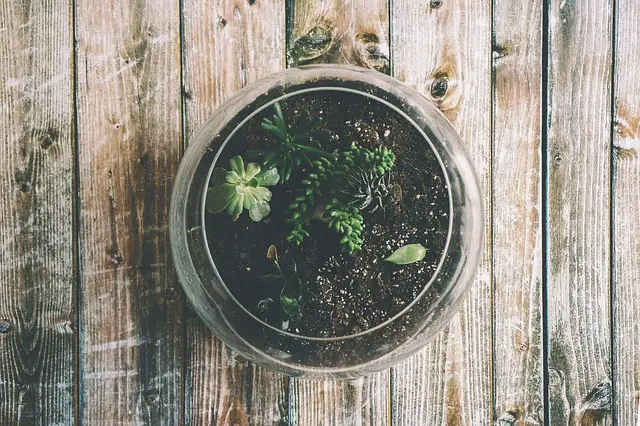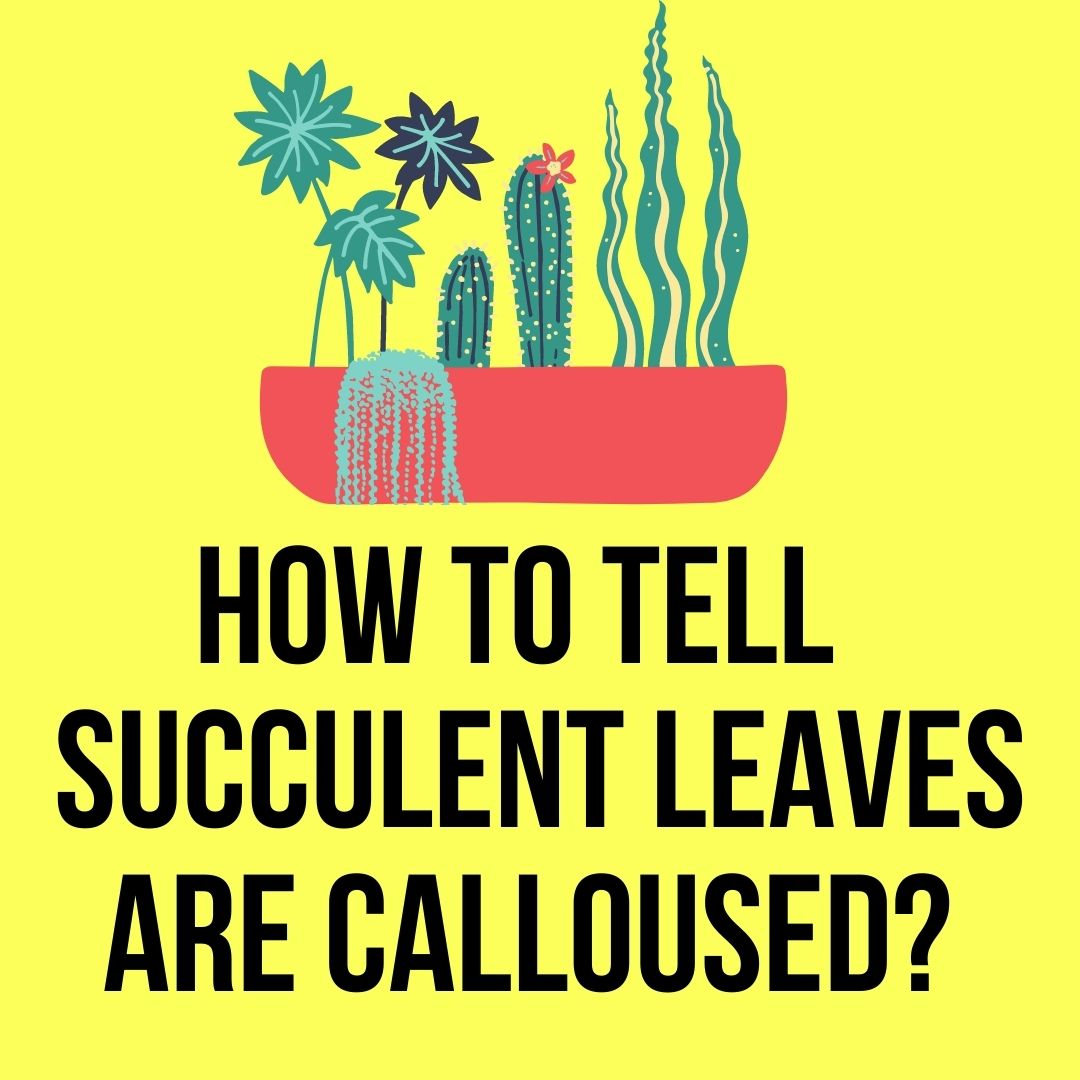Succulents are a great option for houseplants. From decorating your residence, adding fresh oxygen, and improving the humidity they come in handy in many ways. Today we will tell you how to tell if succulent leaves are calloused.
Succulents need minimum space to grow and are easy to take care of. But despite these benefits succulents are a little bit expensive effort. So some gardeners might not be able to afford them even after having quite a dedication.
Though there’s an easy way to multiply the number of succulents you already have.
And it’s through propagation. But some gardeners even seem to make mistakes in this simple process. Like they don’t know about callusing, proper care management, etc. But it’s a very important part of the whole propagation method. So how to tell if your succulent leaves are calloused?
It took about 2-3 days to be calloused. When the wound mark in the leaf gets healed after separating from the mother plant. Or become nice and dry instead of wet, it can be ensured that the leaf is calloused.
Benefits of propagating succulents
As I have mentioned before, propagating succulents is an easy way to increase your succulents. You can propagate your succulents from leaves, and stems.
Through propagation, you can maintain the characteristics of the mother plant. The new plant will be identical to the mother plant. Propagating from leaves is easier than propagating from seeds.

Leaf propagation
Leaf propagation is easier. First, choose the succulent plant you want to propagate. You have to select the healthier leaf to propagate.
The success rate of your propagation depends on several things, like how many leaves you are choosing, the more leaves the more success rate.
Choose the right leaves. You can tell easily the situation of your leaves from the colour.
Here are some tips:
| Turning red | Sun stress | It’s not a big problem, most sun stresses are wished for. |
| Blotchy leaves | Transition color | From normal sun stress. |
| Turning green | Transition color | From sun stress to normal. |
| Wrinkly | Underwatering | Thirsty plant. |
| Dead leaves at the bottom | Signs of growing | Provided to grow healthy, normal phenomena. |
| Etiolated | Lack of sun | Stressing toward the light source |
| Brown | Sunburn | Acclimate before exposed to full sun. |
| Yellow | Overwatering | Water the plant carefully |
From the above information, you can easily tell the correct situation. Always select the fleshy and greener ones. That’s the correct one to propagate.
But don’t select the bottom ones. Because they are older. Choose leaves from the middle. Slowly twist your leaves and pull out. And they are ready to be planted or propagated.
Big leaves have a higher success rate than the smaller ones. Because they have more water stored in them and have more nutrition.
Don’t water them immediately after separating them from the mother plant. Keep them in a dry place. Let them callous.
Why do leaves need to be calloused?
Succulents are habituated to drought areas. Their leaves are fleshy and contain water. These are used as reservoirs during drought periods. So the leaves tend to store water.
When we separate the leaves from the mother plant they get wounded, they leave behind an open cut mark. If you planted them right away there’s a high chance that the open spot will get infected. Resulting in the whole leaf dying. That’s why they need to be calloused.
Callusing is like a scab for the plant. It prevents the loss of water and invasion by diseases. In callusing a soft tissue forms over a wounded or cut plant surface. It’s more like a healing process.

How to tell if succulent leaves are calloused?
After separating the leaves don’t expose them to direct sunlight. Lay them on a paper towel. Let them dry for 2-3 days. It depends on the environment. After that, they will naturally do their work.
New cell tissues will grow in the cut area. To recover faster, roots will grow from the damaged area. Healthy roots will be light pink or pink. Hence your leaf is calloused. The leaves will be callous themselves. Your job is to guide them through the proper environment.
When the roots come out don’t leave them in the same light condition as it was before. As the roots have grown now they can be introduced to sunlight slowly. Good bright light will result in healthy pups. Make a good succulent soil mix and place the leaves on them.
Caution
Take care of your propagated succulent leaves as needed. Don’t overwater them. Don’t take the same care for all the leaves.
Service each one as they desire.
You won’t have a hundred percent success rate in propagating. Some of the leaves will die, and some will rot. But don’t get demotivated. If you manage to take proper care of your succulents you will have a good number of new plants at the end.
When you see the cut mark or the wound mark is gone. You can tell that succulent leaves are calloused. Take further steps ahead.
Do succulents need sun?
Most of the succulent species are naturally located in desert areas. In those areas most of the time they are exposed to sunlight. Succulents need sunlight for about 5-6 hours a day. Though it varies over species.
Too much sunlight will cause sunburn.
Newly planted succulents can’t tolerate sunlight very much. They need to be introduced to the sunlight slowly as they grow.
Do succulents clean the air?
Succulents come in handy in many cases. According to NASA succulents can remove 87 percent of VOC (volatile organic compound) from the air. According to the research of the University of Michigan when your room has plants in it, people’s memory retention will increase by about 20 percent.
We do have a detailed answer in this post about succulents cleaning the air. Check that out.
So it’s good to have plants in your room. Succulents can also help in increasing your body’s recovery ability. It helps in reducing headaches, fever, and cough. To many researchers, patients who have succulents in their rooms have more medical benefits.
So, it’s good to have succulents near your catch. As they come with great usefulness with ornamental looks.
